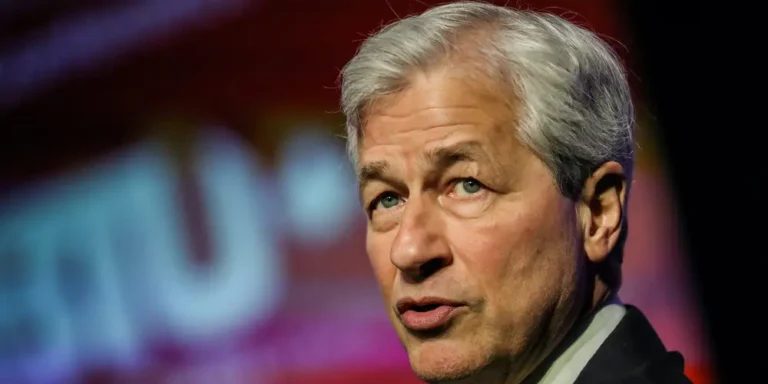Americans will likely get one more interest rate cut this week before the year closes out

The final interest-rate decision of the year is coming this week, and it’s likely to give Americans some more financial relief.
On Wednesday, the Federal Open Market Committee is expected to announce another interest-rate cut. As of Monday afternoon, CME FedWatch, which estimates interest-rate changes based on market predictions, forecasts a close to 100% chance the Federal Reserve will cut rates by 25 basis points.
Data out last week showed overall inflation has sped up. The consumer price index’s year-over-year growth rate rose from 2.4% in September to 2.6% in October before climbing to 2.7% in November. Core CPI, which excludes volatile food and energy prices, has been holding steady, with a year-over-year change of 3.3% from September to November.
Jerome Powell, chair of the Fed, said at The New York Times’ DealBook Conference on December 4 that “we’re in a very good place with the economy,” but inflation is still not quite where the central bank wants it to be.
“The labor market is better, and the downside risks appear to be less in the labor market, growth is definitely stronger than we thought, and inflation is coming a little higher,” Powell said. “So the good news is that we can afford to be a little more cautious as we try to find neutral.”
Slower job growth and higher unemployment may add fuel to the argument for continuing to cut, while a tighter-than-expected labor market could lead the central bank to pause while waiting to see if wage growth and inflation speed up.
“I don’t think there’s that much cause for concern in the labor market data that would lead to them suspending their plan to cut,” Julia Pollak, the chief economist at ZipRecruiter, told B-17.
Pollak said the quits rate, the latest reading of which was 2.1% in October, is “consistent with a non-inflationary labor market” and that “wage growth at 4% over the year should be sustainable given current productivity growth.” Cory Stahle, an economist at the Indeed Hiring Lab, said the US economy continues to add jobs above population growth and has low unemployment.
The unemployment rate increased from 4.1% to 4.2% in November. The three-month average job gain in November was around 173,000, lower than early 2024 but still strong.
“There are still many reasons to be optimistic about the labor market, but also you don’t, as a Federal Reserve policymaker, you don’t want to wait until things start looking bad to react to that because by then, you might be too late,” Stahle said.
The interest rate outlook for 2025 is a bit more uncertain. President-elect Donald Trump has already posed broad tariff threats on key trading partners with the US, including China, Canada, and Mexico. If he implements those tariffs, consumers would likely face higher prices on impacted goods. The Fed could respond to inflationary trade pressures by once again raising interest rates.
However, Powell has so far declined to comment on any policy changes the Fed would consider in response to Trump’s tariff threats, saying during the DealBook conference that too much about what Trump might do with tariffs is unknown.
“We can’t really start making policy on that at this time. That is something that lies well into the future. We have to let this play out,” Powell said, emphasizing that the Fed is making decisions about what’s happening in the economy now and not six months from now.
Still, some economists expect 2025 to be another strong year for the economy. Gregory Daco, the chief economist at EY, said that the US “remains on a solid growth trajectory supported by healthy employment and income growth, robust consumer spending, and strong productivity momentum that is helping tame inflationary pressures.”
“We expect these positive dynamics will carry into 2025 allowing the Fed to pursue gradual, but cautious, policy recalibration,” Daco said in written commentary.






